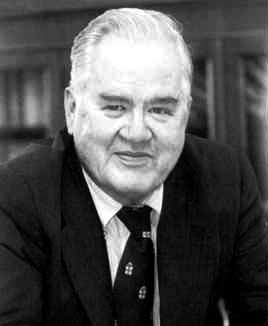


In 1962, John Tukey described a field he called "data analysis", which resembles modern data science.[16] In 1985, in a lecture given to the Chinese Academy of Sciences in Beijing, C.F. Jeff Wu used the term Data Science for the first time as an alternative name for statistics.Later, attendees at a 1992 statistics symposium at the University of Montpellier II acknowledged the emergence of a new discipline focused on data of various origins and forms, combining established concepts and principles of statistics and data analysis with computing.
The term "data science" has been traced back to 1974, when Peter Naur proposed it as an alternative name for computer science.In 1996, the International Federation of Classification Societies became the first conference to specifically feature data science as a topic.However, the definition was still in flux. After the 1985 lecture in the Chinese Academy of Sciences in Beijing, in 1997 C.F. Jeff Wu again suggested that statistics should be renamed data science. He reasoned that a new name would help statistics shed inaccurate stereotypes, such as being synonymous with accounting, or limited to describing data.In 1998, Hayashi Chikio argued for data science as a new, interdisciplinary concept, with three aspects: data design, collection, and analysis.
During the 1990s, popular terms for the process of finding patterns in datasets (which were increasingly large) included "knowledge discovery" and "data mining".
©Wikipedia

John Wilder Tukey (June 16, 1915 – July 26, 2000) was an American mathematician and statistician, best known for the development of the Fast Fourier Transform (FFT) algorithm and box plot.The Tukey range test, the Tukey lambda distribution, the Tukey test of additivity, and the Teichmüller–Tukey lemma all bear his name. He is also credited with coining the term 'bit' and the first published use of the word software.

C.F. Jeff Wu (born 1949) is the Coca-Cola Chair in Engineering Statistics and Professor in the H. Milton Stewart School of Industrial and Systems Engineering at the Georgia Institute of Technology. He is known for his work on the convergence of the EM algorithm,resampling methods such as the bootstrap and jackknife, and industrial statistics, including design of experiments, and robust parameter design (Taguchi methods). Born in Taiwan, Wu earned a B.Sc. in Mathematics from National Taiwan University in 1971, and a Ph.D. in Statistics from University of California, Berkeley in 1976. He has been a faculty member at the University of Wisconsin, Madison (1977-1988), the University of Waterloo (1988-1993; GM-NSERC chair in quality and productivity), the University of Michigan (1995-2003; chair of Department of Statistics 1995-98; H.C. Carver professor of statistics, 1997-2003) and currently the Georgia Institute of Technology. He has supervised 50 Ph.D.